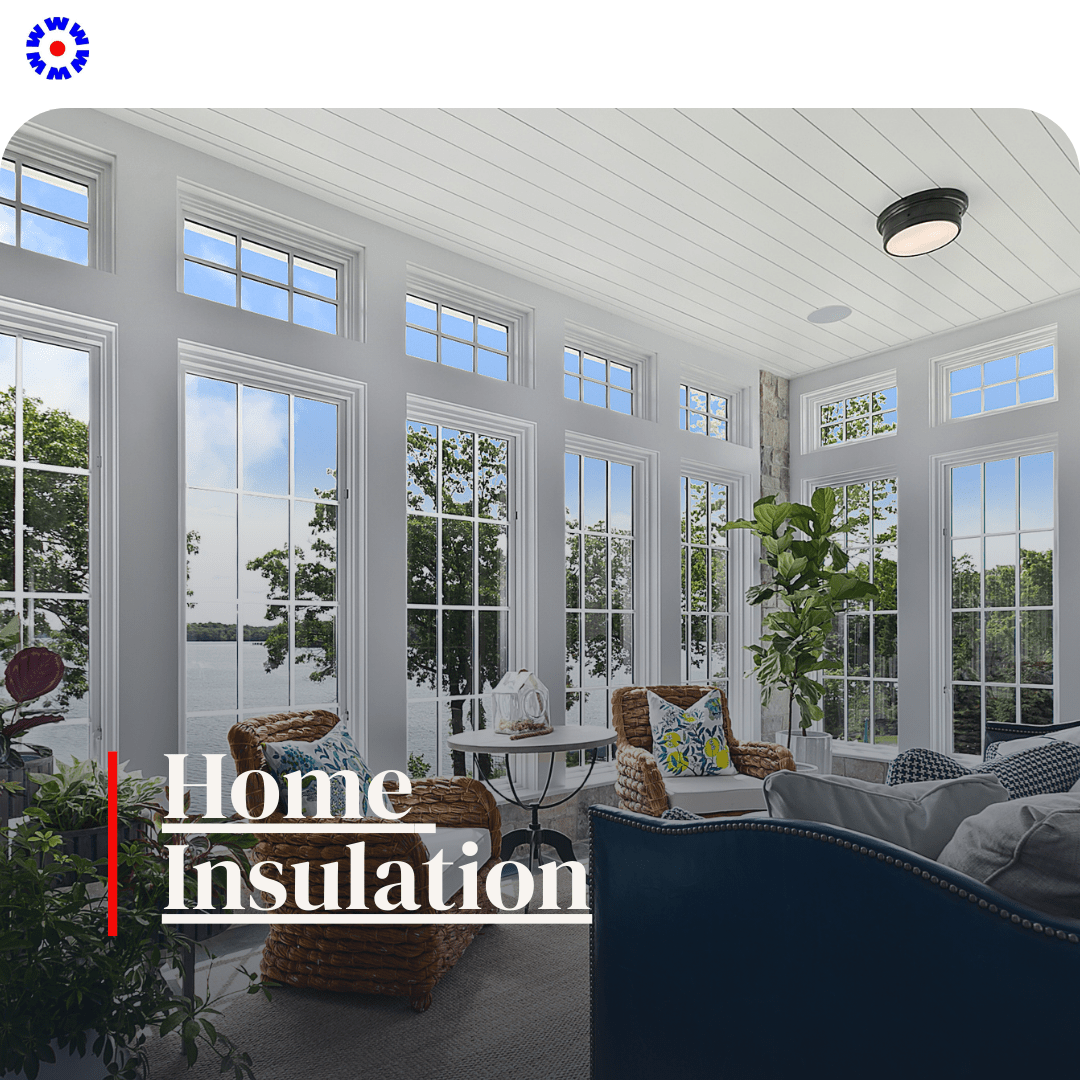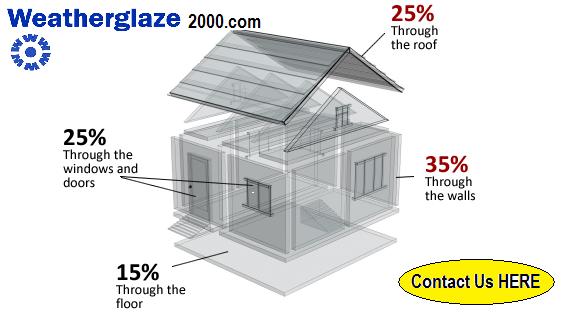Home Insulation

Useful home insulation tips from Weatherglaze. Insulation is just like a snug blanket around your home that usually stops all that heat that you have created and preserved from disappearing outside. In fact, with the right insulation, your house will always stay warm during the winter seasons.
Do you have sufficient heating system in your house yet it’s still cold?
You need to review the insulation in your home. You will find there are simple solutions. Changing or upgrading the widows is always a good place to start. You can upgrade from single glazed to double glazed. Change from old wooden windows to uPVC windows.
Where is the home insulation placed?
Insulation is usually placed in the floors, the ceilings, and the walls. As a matter of fact, the greatest heat loss usually occurs in the ceiling. Approximately 40% of the heat loss from a non-insulated home is through the roof, which is as a result of the tendency of the warm air to rise. Higher levels of ceiling insulation provides the highest benefit when it comes to energy savings.
Also, a significant heat loss of about 20-30% usually occurs through the walls. You should keep in mind that wall insulation levels need to be maximized when constructing your building since upgrading at a later stage is quite expensive and also difficult.

For the floors, the heat loss is approximately 10-15%. Effective under-floor insulation tend to remove that cold air layer that pushes all your preserved heat to the ceiling. In case the under-floor insulation material is a vapor barrier, it will also prevent ground moisture from moving into the house.
Important tips on effective home insulation
Locate problem areas – Most of older houses have got little or even no insulation in areas like an attic space. These particular open spaces usually allow warm air to escape thus making your furnace to work overtime so as to fill this void.
- Select the right kind of insulation – There are numerous types of insulation where each type has got properties as well as applications, which are suitable for various areas of your home. Some of these types of insulation include concrete block insulation, rigid foam or foam board, insulating concrete forms, and Batts and blankets insulation.
- Check the R-value – It lays down your insulation’s resistance to the heat flow. In fact, the higher the R-value, the more the insulating effectiveness. The recommended R-value depends on your type of heating, your climate, and cooling system.
- Seal windows and the doors – It’s one of the easiest ways of insulating your house. A number of homes have got doors and windows which do not have a proper seal. Using weather stripping, you can absolutely stop the flow of the air around these areas.
These are some of the important tips on home insulation.

